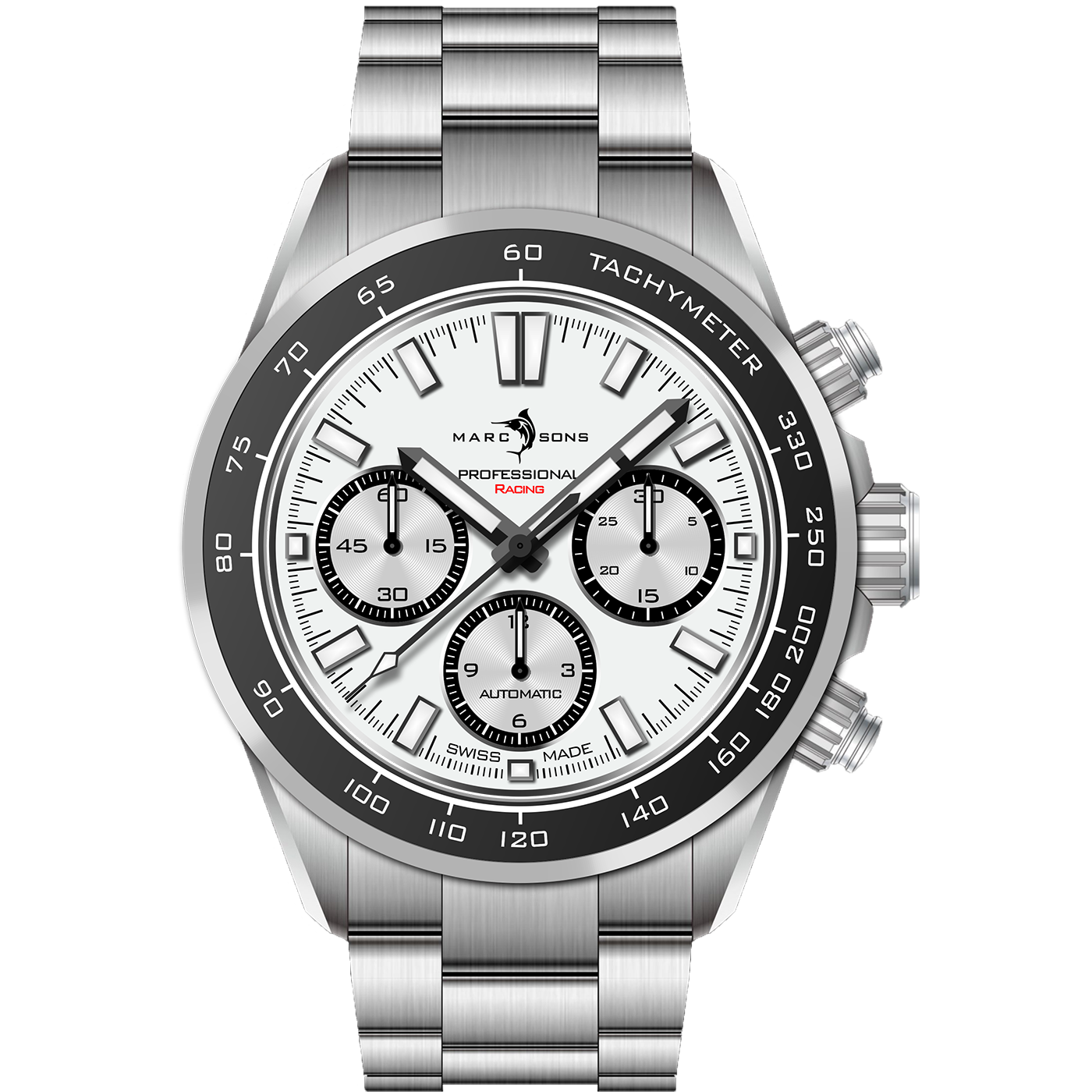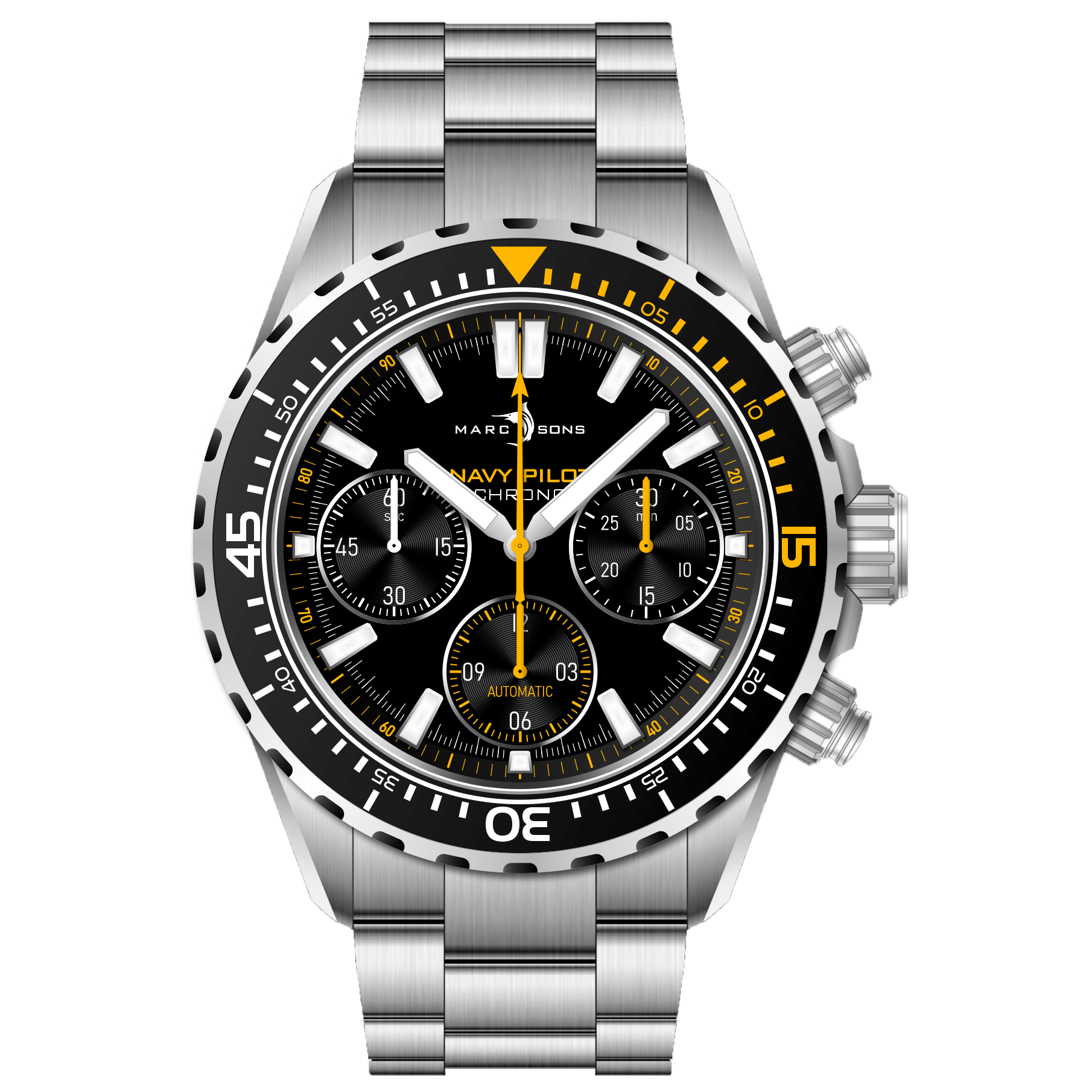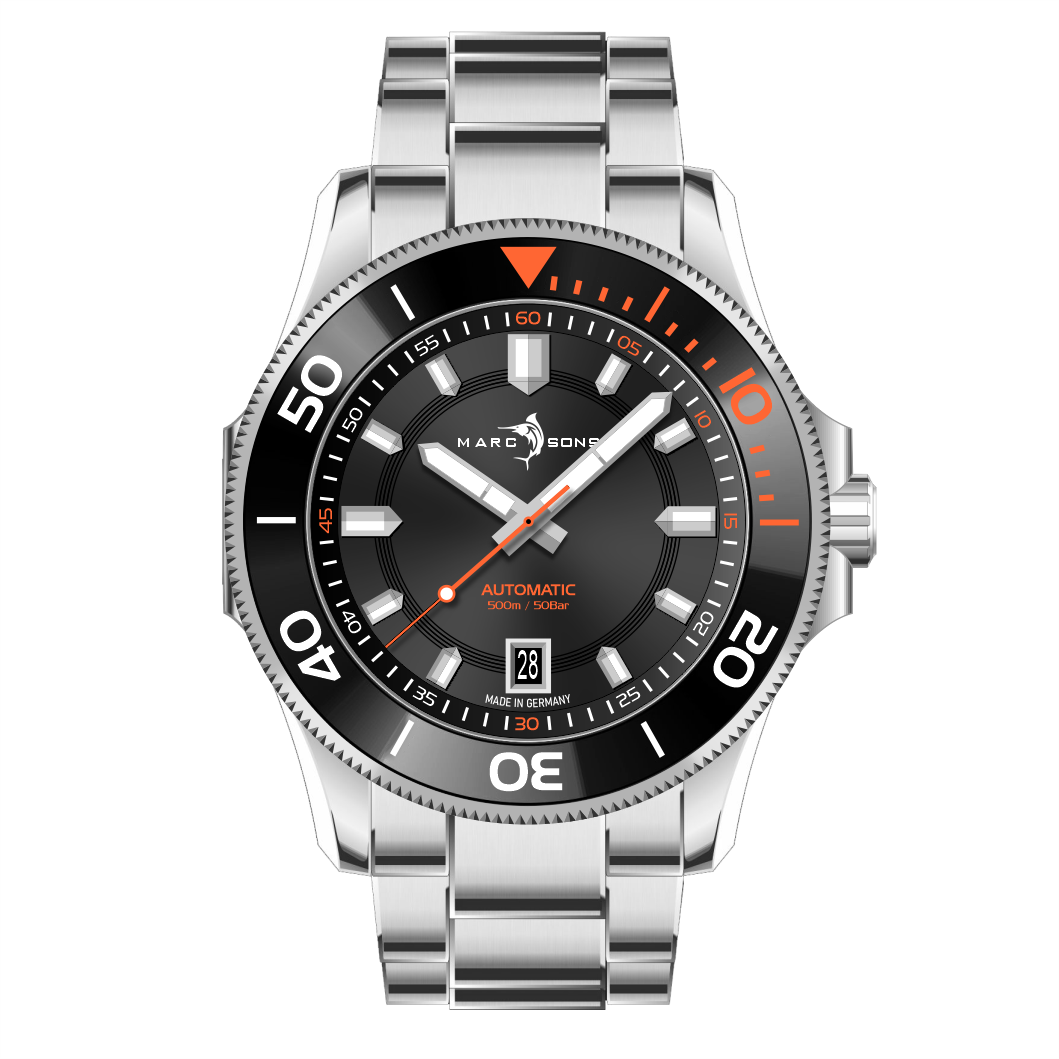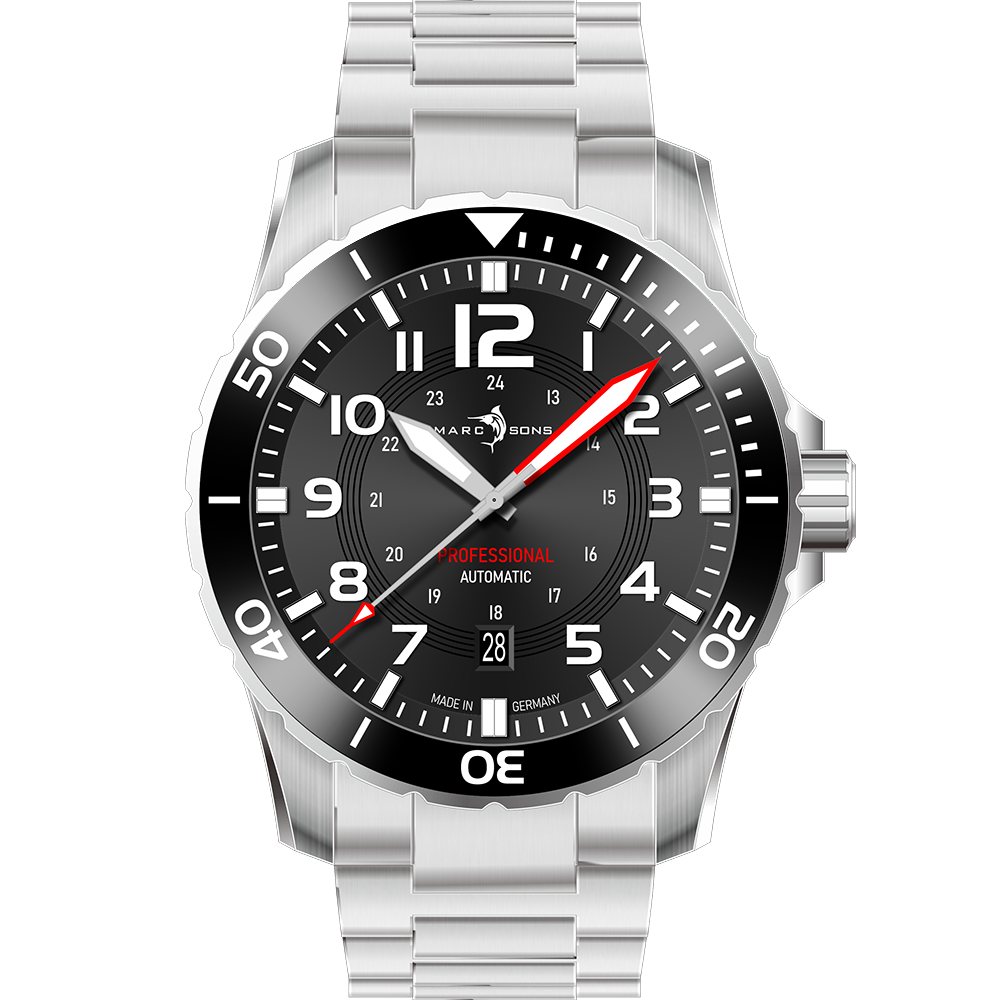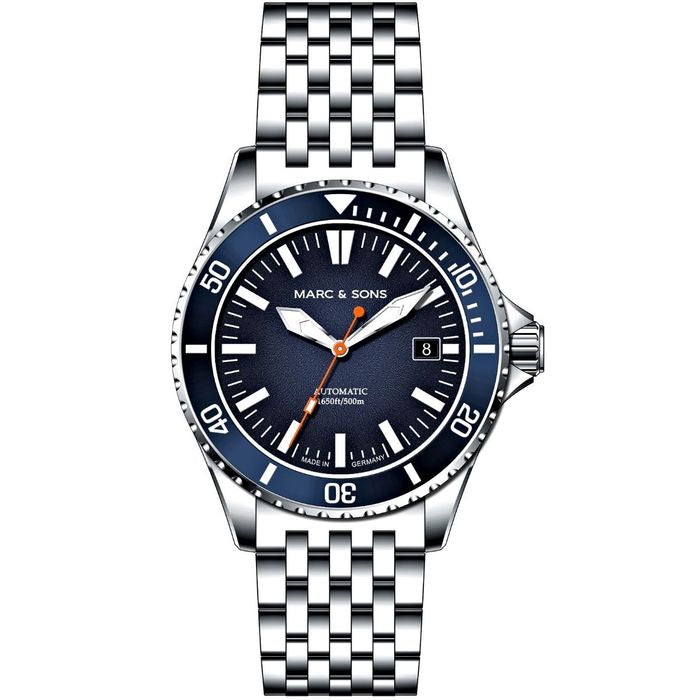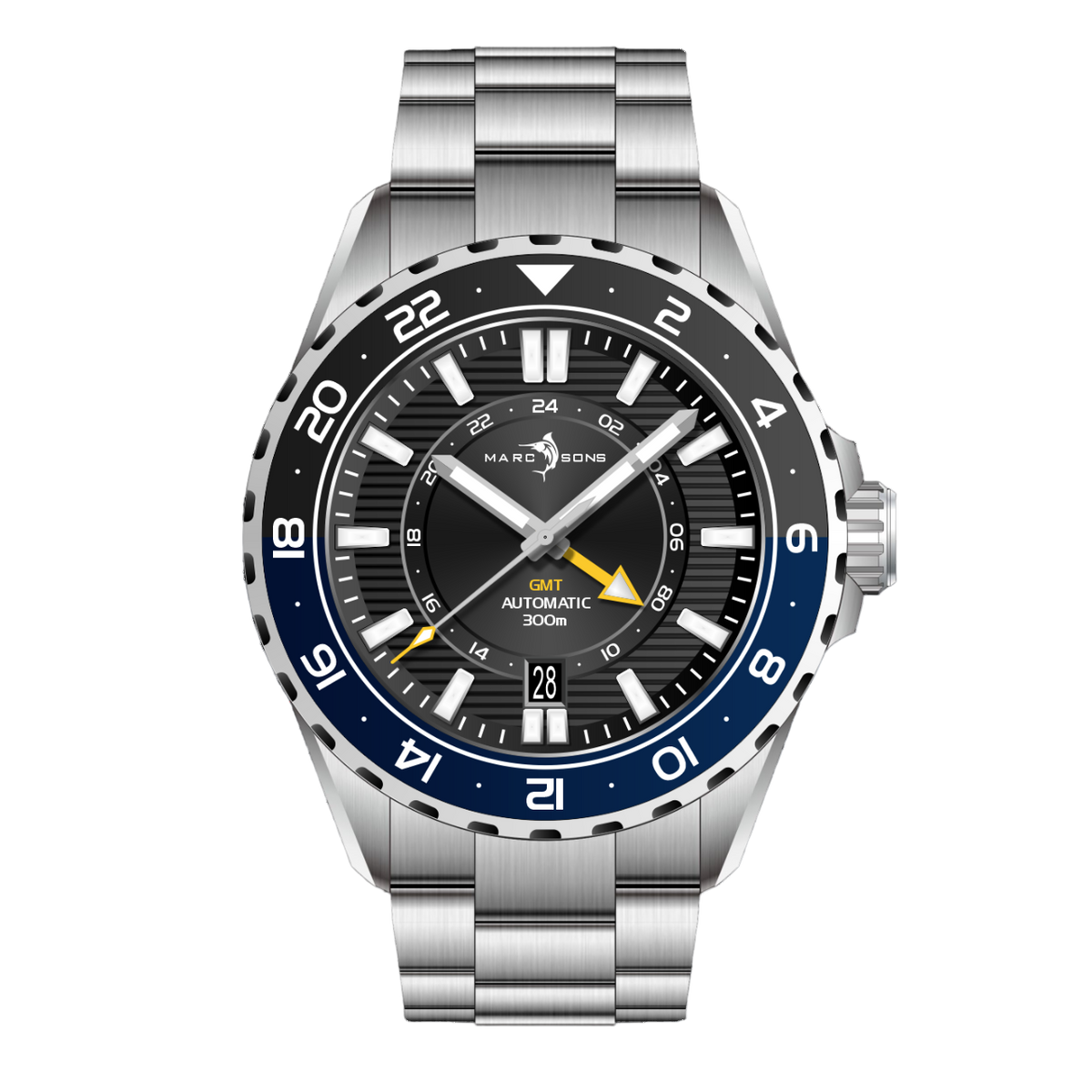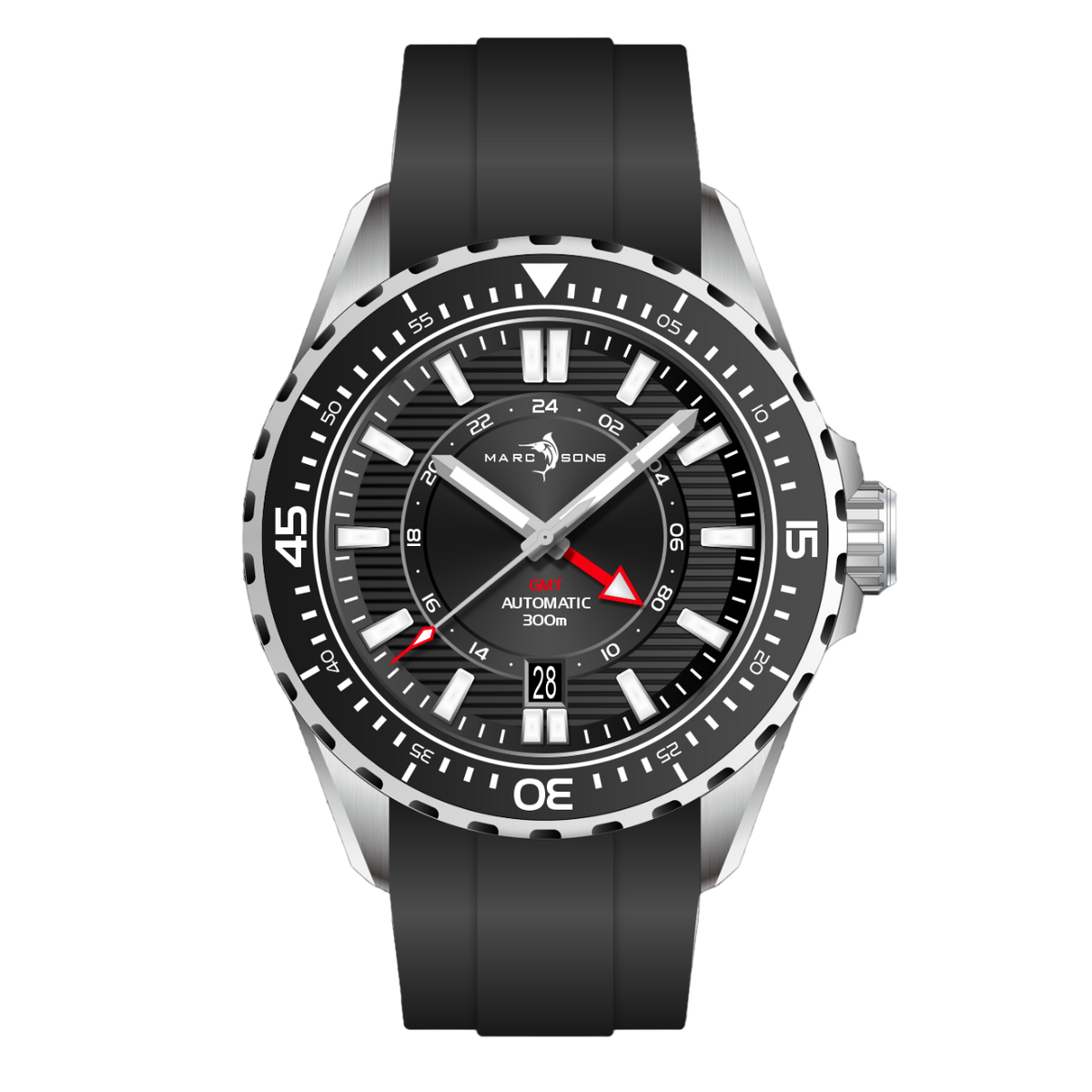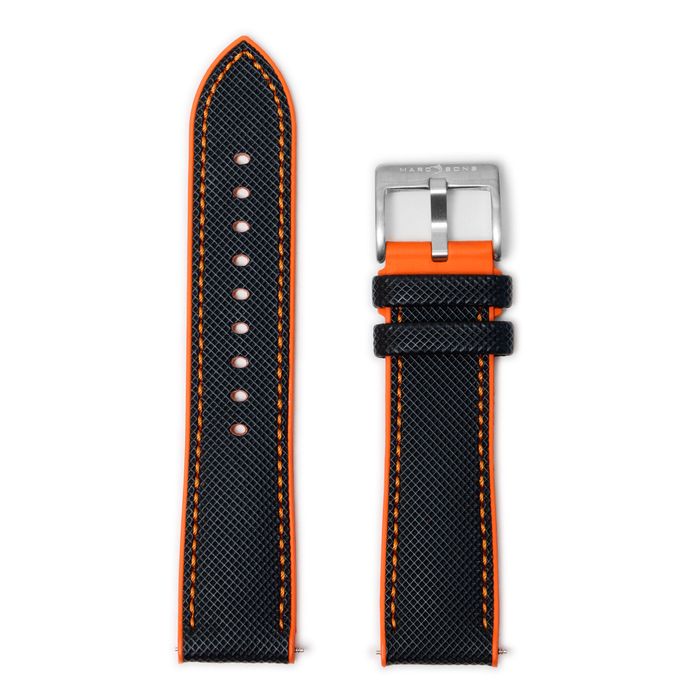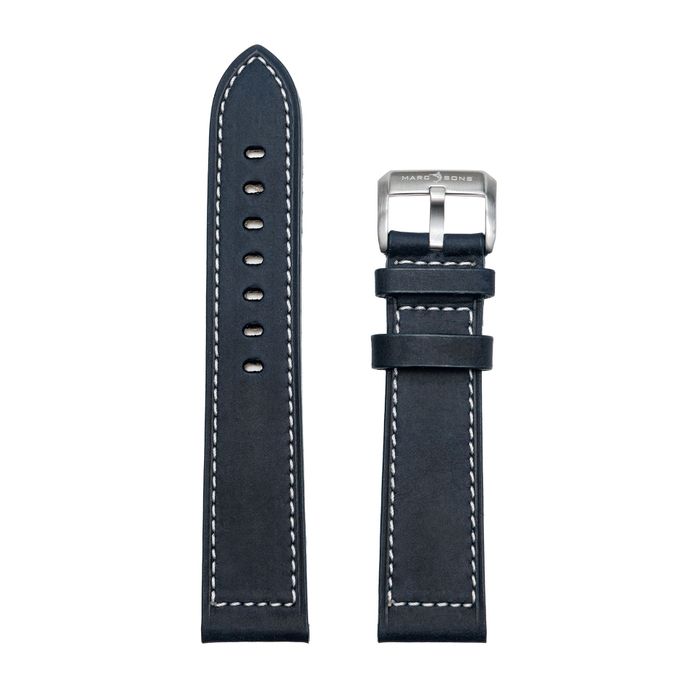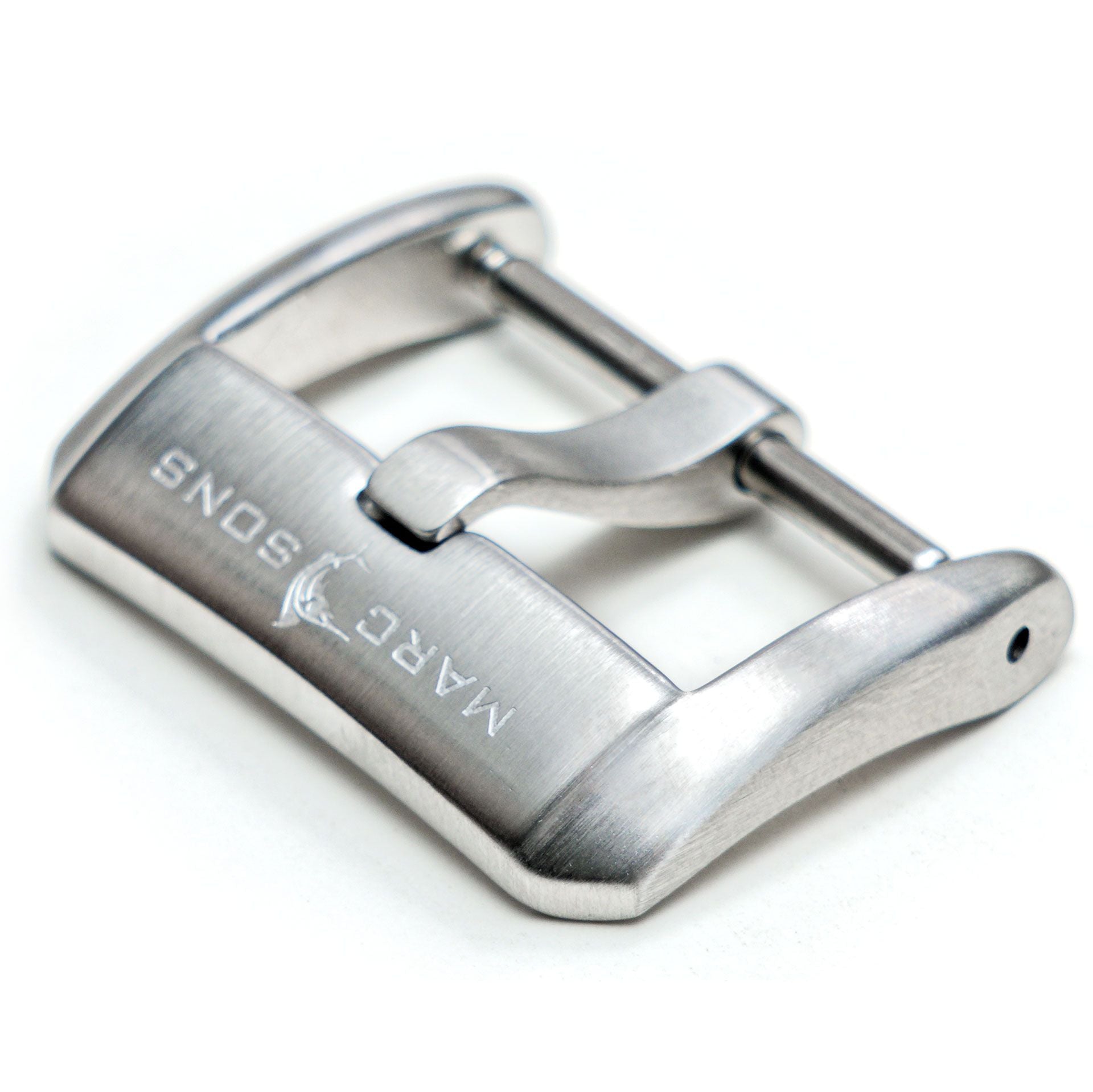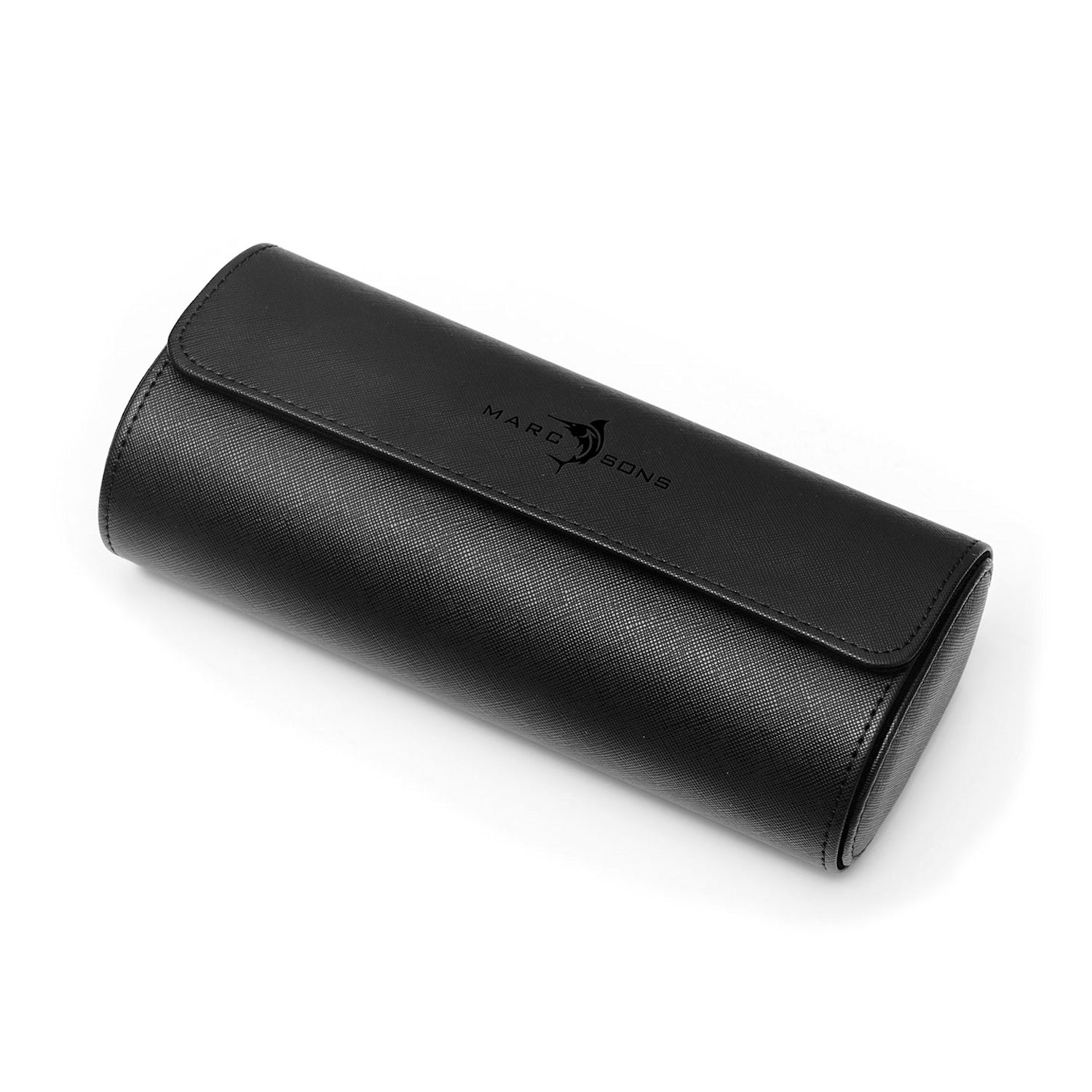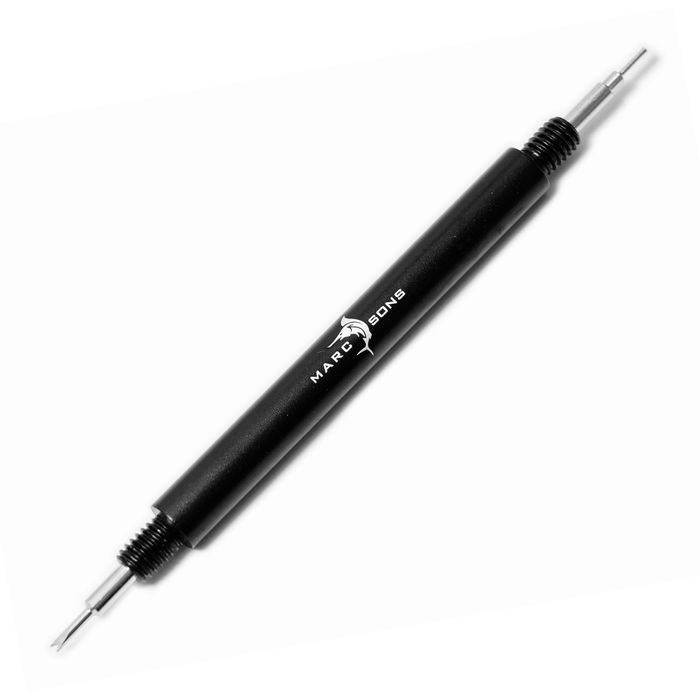The different luminous materials - Superluminova makes your watch shine.
In the course of the development of watches, the need arose more and more that the time should also be readable in the dark. With the development of diving watches this was then absolutely necessary. In order to be able to read a watch in complete darkness, luminous materials were used in the manufacture of dials, hands and later also for bezels. In contrast to earlier manufacturing processes, today's luminous materials no longer contain radioactive substances. Simplified you can say the following about the way luminous materials work. The basic principle is that phosphorescent crystals are introduced into a carrier layer (lacquer), which also contains molecules that are excited by UV light. After the light source has been removed, these emit electrons and cause the phosphorescent crystals to afterglow. There are several ways to make it possible to read the time in complete darkness. With tritium, a natural isotope of hydrogen, or the lighting system Trigalight® from the Swiss company MB-Microtec AG, two common possibilities would be mentioned. Luminova, which was originally developed by the Japanese company Nemoto & Co Ltd., is now one of the most widely used luminous materials in the watch industry. In these inorganic, phosphorescent pigments, the electrons, described in simple terms, are brought to a higher energy level by the supply of artificial or daylight. The stronger the incidence of light, the more electrons move to a higher energy level. When the light or energy source is removed, the electrons fall back to their original energy level. This causes afterglow, also known as phosphorescence. The further development of Luminova is called Superluminova and has a significantly higher luminosity. There are different Superluminova varieties.

superluminova C1
Superluminova C1 has a neutral pure white colour in daylight. The disadvantage is that SPL C1 has only about 35 percent of the luminosity of Superluminova C3.
Superluminova C3
Superluminova C3 has a yellow-green colour tone in daylight. SPL C3 is the brightest of all Superluminova varieties.
Superluminova BGW9
Superluminova BGW9 has a white colour tone in daylight. When it is dark, the elements turn a light blue tone. The luminosity is about 95 percent in direct comparison with Superluminova C3. The burn time of Superluminova BGW9 is higher than that of Superluminova C1 and Superluminova C3.
Superluminova "Old Radium"
Superluminova " Old Radium" has an orange hue in daylight and thus gives the watch a certain vintage character. The afterglow turns into a yellow-green hue and is of high intensity.


